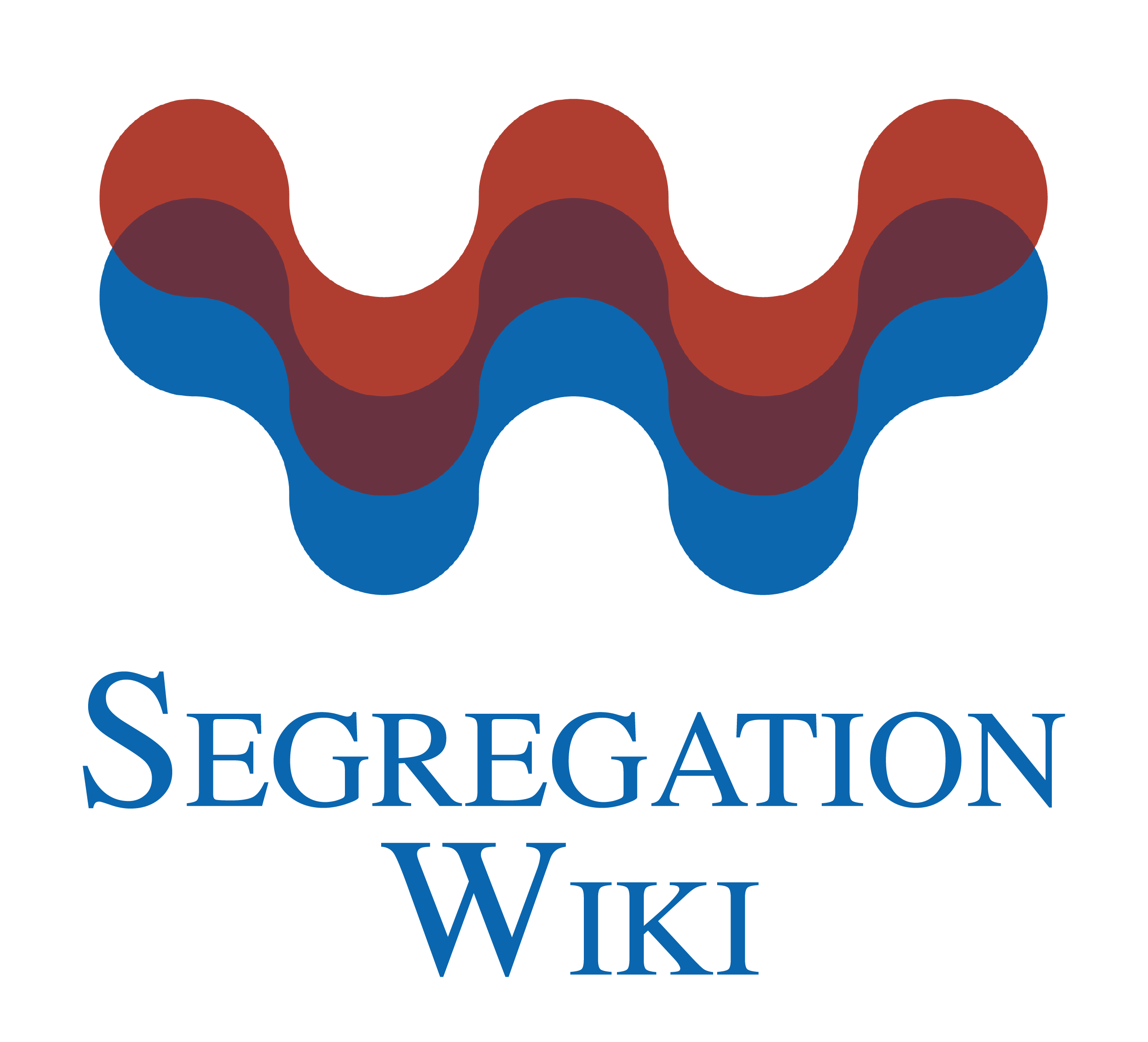American residential segregation
1984
united states
American residential segregation refers to the division of neighborhoods and communities along racial and ethnic lines. This segregation is often a result of institutionalized discrimination, such as redlining, which restricted African Americans and other minority groups from living in certain neighborhoods.
Residential segregation has lasting impacts on social and economic disparities, as minority communities are often disadvantaged in terms of access to quality education, healthcare, and employment opportunities. It also perpetuates racial and ethnic tensions and perpetuates inequalities in housing and wealth.
Efforts to address residential segregation in the United States have included fair housing laws, efforts to desegregate schools, and initiatives to promote diversity and inclusion in communities. However, segregation remains a significant challenge in many cities and regions across the country.
See also
References
Further reading
Spivak A.L.; Monnat S.M. (2013) "The influence of race, class, and metropolitan area characteristics on African American residential segregation", Social Science Quarterly, 94(5), pp. 1414-1437. . DOI: 10.1111/ssqu.12021
Charles C.Z.; Dinwiddie G.; Massey D.S. (2004) "The continuing consequences of segregation: Family stress and college academic performance", Social Science Quarterly, 85(5 SPEC. ISS.), pp. 1353-1373. . DOI: 10.1111/j.0038-4941.2004.00280.x
Nelson A.C.; Sanchez T.W.; Dawkins C.J. (2004) "The effect of urban containment and mandatory housing elements on racial segregation in US Metropolitan areas, 1990 2000", Journal of Urban Affairs, 26(3), pp. 339-350. . DOI: 10.1111/j.0735-2166.2004.00203.x
Zhang Q. (1998) "Residential segregation of Asian Americans in the Atlanta metropolitan area, 1990", Southeastern Geographer, 38(2), pp. 125-141. University of Georgia. DOI: 10.1353/sgo.1998.0016
Darden J.T. (1984) "THE RESIDENTIAL SEGREGATION OF AMERICAN INDIANS IN METROPOLITAN AREAS OF MICHIGAN", Journal of Urban Affairs, 6(1), pp. 29-52. . DOI: 10.1111/j.1467-9906.1984.tb00437.x
